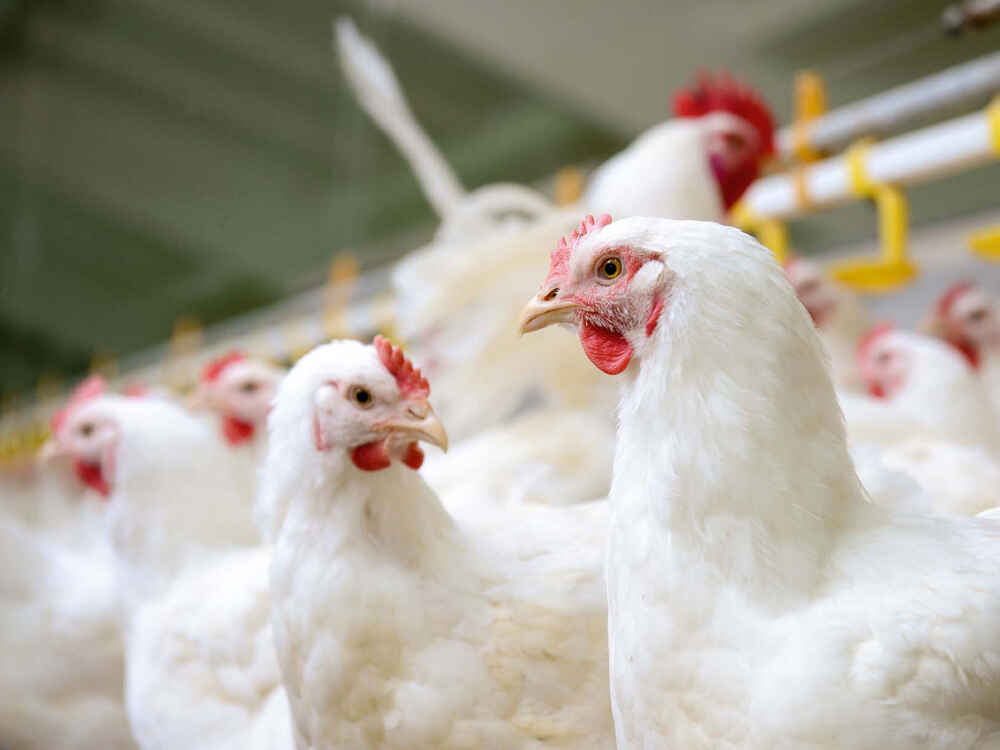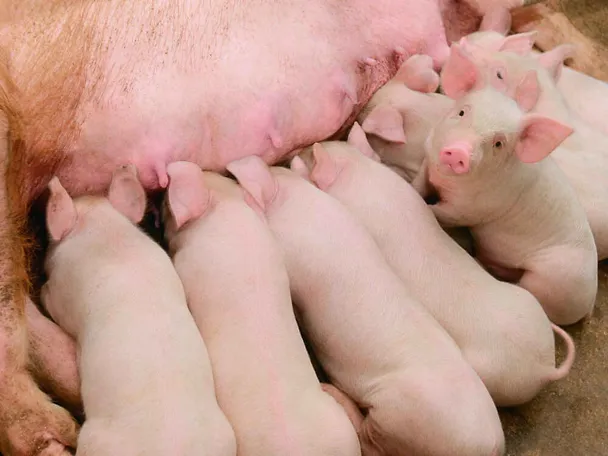Laying hens – how to avoid heat stress in summer

© buhanovskiy / Fotolia
High outside temperatures and a lack of cooling at night cause performance losses in laying hen flocks. This often results in declining egg production, decreasing egg weights, paler yolk colours and reduced shell stability. You can take specific measures to prevent heat stress during the summer months. The optimum temperature for hens in barn systems is 18–22 °C. If you want to prevent heat-related performance losses, a few additional measures should be taken.
Adjust housing
- If possible, move the light day to the early morning hours.
- Check that the ventilation, drinking and feeding equipment is working properly.
- Ventilate at regular intervals. Use additional ventilation if necessary.
- Ensure the air speed is correct and increase the air volume in line with the number of animals (0.7 m3 per kg live weight per day).
- Humidifying the supply air will lower the temperature in the barn and bind dust at the same time.
Ensure feed intake and adjust ration
High temperatures in summer often cause a decline in feed and water intake. This can quickly lead to an imbalance in nutrient supply.
- Encourage additional feed and water intake with a 30-minute lighting interval during the night phase.
- Allow access to drinking troughs even during the night.
- Avoid selective feeding by the animals. Optimally mixed and bound feed ensures the supply of important vitamins, minerals and trace elements.
- Stabilise the circulation by adding extra vitamin C and vitamin E.
- Pay particular attention to ensuring perfect water quality and hygiene. The use of drinking acids is particularly beneficial in summer.

